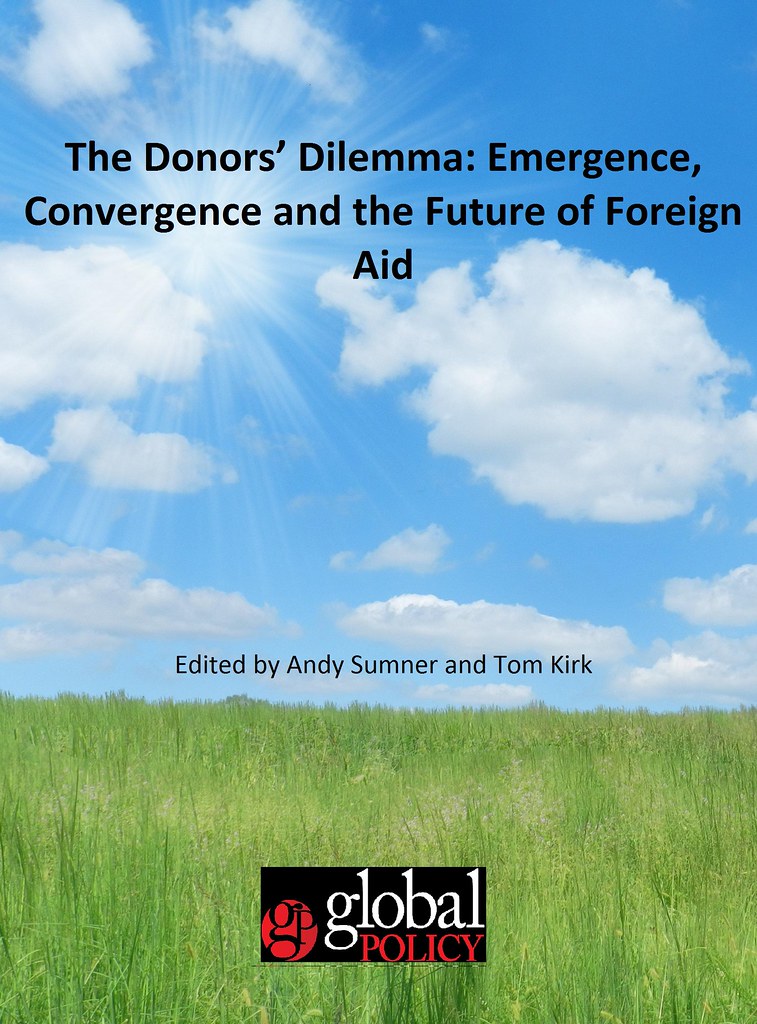Showroom Policy
What do the BMW i8, Tesla Model S, and Cadillac ELR teach us about policy, subsidies, and consumer behaviour? The answer is: Lots.
The BMW i8, which is sold out until the middle of its next model year, has been an enormous success, challenging those who were sceptical about whether buyers would pay 95,000GBP for a vehicle with an engine only slightly larger than BMW’s largest motorcycle engines (base pricing absent any subsidies is 99,845GBP in London and 135,925USD in New York, or about one thousand dollars per horsepower, making the Ferrari 458 Italia's unsubsidised 562 horsepower look like an absolute bargain). The Tesla Model S, which has outsold General Motors’s Chevrolet Volt despite costing twice as much, has been wildly popular, with Tesla struggling to meet demand. The company continues to upgrade the vehicles and to offer new perks to buyers, including a new “unlimited mileage” warranty on the car’s drivetrain, announced by Tesla CEO Elon Musk last week.
Both of these cars succeeded in part because of subsidies. The sales of these cars in regions with no subsidy are miniscule. BMW did not even bother to market the i8 at its dealerships in the Middle East, with an orange BMW M6 sporty coupé sitting in the centre spot of the showroom display at BMW of Dubai. Tesla sells cars in the UAE and has since the launch of its roadster years ago (a battery-filled, uninspiringly-restyled Lotus Elise), but its UAE sales are irrelevant to its total sales figures (unlike Porsche and Audi – arguably its main competitors).
The BMW i8 and Tesla Model S enjoy subsidies that go beyond the 5,000GBP discount (EV/PEV subsidy) each car’s buyer receives at the time of sale (the question of whether taxpayers should be subsidising 100,000GBP sports cars for the ruling class is a separate discussion). In London, importantly, the BMW i8 can crawl into Knightsbridge or Chelsea through congestion charge areas without paying the fee (hybrids, no matter how fast or sporty, are exempt from the fee). This was highlighted by a pair of young men who drove their Porsche 918 Spyders into the Square Mile last week with “exempt” stickers on their bonnets (the Porsche 918 Spyder is a million-dollar roadster but qualifies for the congestion charge exemption and all the same hybrid subsidies a Prius receives).
In essence, the BMW i8 subsidies begin before any cars are purchased, because BMW and other manufacturers are able to develop the product plan and cost structure for the car with subsidies in mind. A car like the BMW i8 then receives a subsidy at the time it is purchased (up to 5,500GBP in the UK and up to 14,900USD in America). It is then refilled at charging stations at home, at the workplace, and at other places (grocers, for instance) its owner visits, each of which receives a subsidy (in the boroughs of London, the subsidies are so large that a person can actually turn a profit of about 1,000GBP each time he or she installs a charging centre, even if it is for his or her own exclusive use in his or her own garage on private property). Then each day, commuting into London, the savings are significant (perhaps not significant in the personal budgets of Porsche 918 Spyder owners, but significant to most), as the congestion charge is waived. In cities like New York and Los Angeles, registration fees for hybrid vehicles are discounted or waived. In Chicago, special number plates for Tesla vehicles denote their special status.
You may have noticed that I have not yet mentioned the Cadillac ELR. A failed product from the beginning, and the source of much embarrassment for Cadillac (Cadillac has struggled to sell as many ELRs in a month as Tesla sells Model Ss on an average Saturday), the ELR is a badge-engineered version of the Chevrolet Volt (itself a failed product). The lesson of the ELR is that, even in a world of rampant subsidy-minting and policy-nudging toward hybrid and electric cars, people will not buy bad cars, or ugly cars, or cars they will be embarrassed to emerge from at dinner. They simply won’t. It doesn’t matter how financially-attractive policymakers attempt to make these cars at the time of purchase and it doesn’t matter what tax savings are available at the close of the year. People who are financially-equipped to purchase a car costing in excess of forty or fifty or one hundred thousand pounds are going to buy something they like; this is, after all, a conveyance to which they are entrusting their safety, schedule, and public image. To say “Yes, I loathe this Cadillac and it’s absolute rubbish, but I drive it because I received a coupon from the government” has a whiff of state benefit about it.
If there is anything to be learnt from what is now twenty years of subsidy-tuning and coupon-creating by policymakers, it is that subsidies are sometimes able to create classes of products (or accelerate the popularity of classes of products) that might have evolved and been successful in the absence of subsidies, but perhaps not on as fast a timeline or among as broad an audience. Subsidies cannot, however, radically change consumer preferences through price manipulation alone. People will not drive inferior automobiles, eat unappetising foods, or exercise rather than watching television simply because of a government incentives scheme. Anyone looking for evidence can talk to half a dozen now-failed healthy school lunch privatisers in Canada (whose business plans depended upon unrealistic subsidies), electric car startups like Fisker (which filed for bankruptcy after failing to repay $139 million in subsidised loans from the U.S. government to build subsidised $100,000 sports cars), and the list goes on.
People can be paid to do things they don’t enjoy. But when there are enjoyable options available that receive the same subsidies (like driving a BMW i8 or Tesla Model S rather than a Cadillac ELR), expecting people to choose the less desirable, but equally subsidised, option is optimism that is surprisingly common among policymakers – though it remains scarce among investors and bizarre to economists.
 Global Policy is proud to announce the release of its first e-book - 'The Donors’ Dilemma: Emergence, Convergence and the Future of Foreign Aid' - Guest Edited by Andy Sumner and Tom Kirk
Global Policy is proud to announce the release of its first e-book - 'The Donors’ Dilemma: Emergence, Convergence and the Future of Foreign Aid' - Guest Edited by Andy Sumner and Tom Kirk
As poverty declines, it asks what if the remaining pockets of poverty are increasingly focused in countries where aid is already on the way to becoming irrelevant as domestic resources grow? Download the full e-book here.

